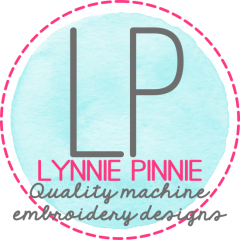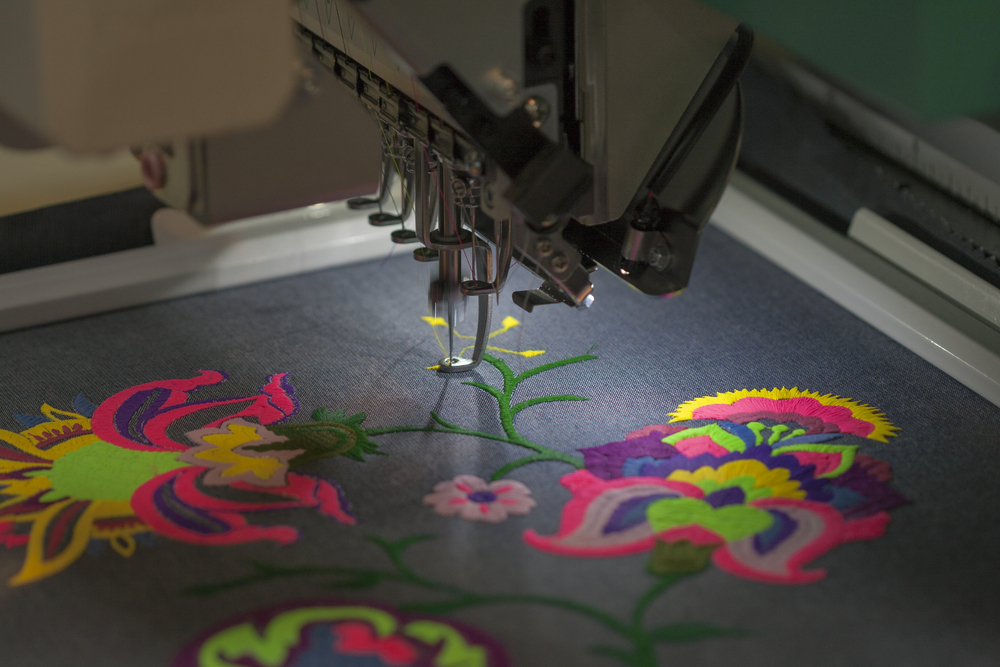When you’re just starting out in a new decoration discipline, like, for instance, machine embroidery, everything can be intimidating. You worry about wasting a garment or fabric. There may be some uncertainty about what stabilizer to use. Choosing thread and bobbins may be confusing. For some people, the worry about screwing something up (which happens and is, for most, a normal part of the process) keeps them from ever pressing the start button on their machine at all. Getting the first successful project out of the way can be key to a successful career in machine embroidery. The question is, where to start? This blog post has some suggestions for simple projects that most anyone who is a novice embroiderer should be able to complete fairly quickly and easily.
Project # 1: Towels – Towels generally fall into two categories. The first is kitchen towels, which are usually of a lighter weight fabric and generally will have no or very little pile to them. With a linen – like kitchen towel, it will most likely not be necessary to use a topping, a simple stabilizer will do. If you’re interested in doing a cute set of kitchen towels, Lynnie Pinnie has some cute kitchen themed designs and applique options that would be sure to work for your purposes. The other option for a simple towel project would be monogrammed hand towels for a guest bathroom or a housewarming gift. These sorts of towels will have a pile, so you will need to use both a stabilizer and a topping. Hand towels lend themselves nicely to monograms, and you can find some wonderful monogram frames and fonts here on LynniePinnie.com.
Project #2: Burp Cloths – A burp cloth is another easy project and a useful one as well, either as part of a gift set for a new mother at a baby shower, or as something you can embroidery and sell in your online shop. As with towels, burp cloths aren’t generally difficult to hoop and may or may not have a pile, depending on which type you choose to embroider. If you are embroidering a lighter density design, you may be able to use a tearaway stabilizer. Heavier, more dense designs are going to require poly mesh stabilizer or a cutaway. Remember, you want to be sure your stabilizer can handle the stitches in the design because you want to avoid the design puckering when it’s washed. If you think burp cloths might be your niche, Lynnie Pinnie has a variety of baby themed designs that can keep you happily embroidering burp cloths for quite some time.
Project #3: Baby Blankets – Keeping with our theme of easy baby shower gifts, a monogrammed or embroidered baby blanket is a lovely gift for any mother to be or new baby. While blankets might be a slightly more advanced project, they are still fairly simple and easy to embroider. Karlie Belle, one of the lovely instructors at Virtual Applique Getaway this year, has a wonderful step by step tutorial on how to add a name to a baby blanket, that may be helpful for those who have never done this before. And if you’re looking for some adorable applique options to add to a blanket, Lynnie Pinnie has you covered!
Project # 4: A Winter Scarf – Like most of the projects mentioned in this post so far, scarfs are flat, so they’re fairly easy to hoop. They also tend to be made of a substantial fabric, but not too thick, so hooping shouldn’t be too tricky. Scarves also lend themselves nicely to a monogram for a classic look, or to an applique if you’re inclined to get a bit more fancy. If you’re looking for products to sell at craft fairs or online, scarves can be a good bet there as well. As with the other season, winter themed designs are available from Lynnie Pinnie and will be sure to make your scarf project a success.
The main thing to remember when starting out is that mistakes will happen, and that everyone makes them. Don’t let the fear of screwing up a project keep you from learning all that your machine can do. Find tutorials, ask questions in groups (we’re happy to answer questions and help in the Lynnie Pinnie group) and keep practicing with your machine. You’ve invested the money to buy the machine and the time to learn to use it, so don’t let anything hold you back from creating amazing embroidered items!

